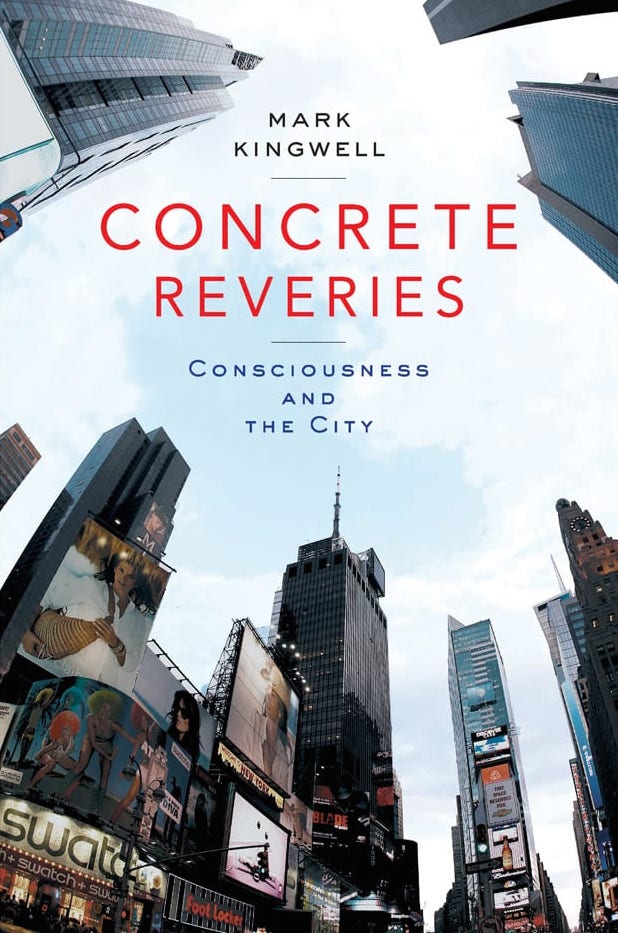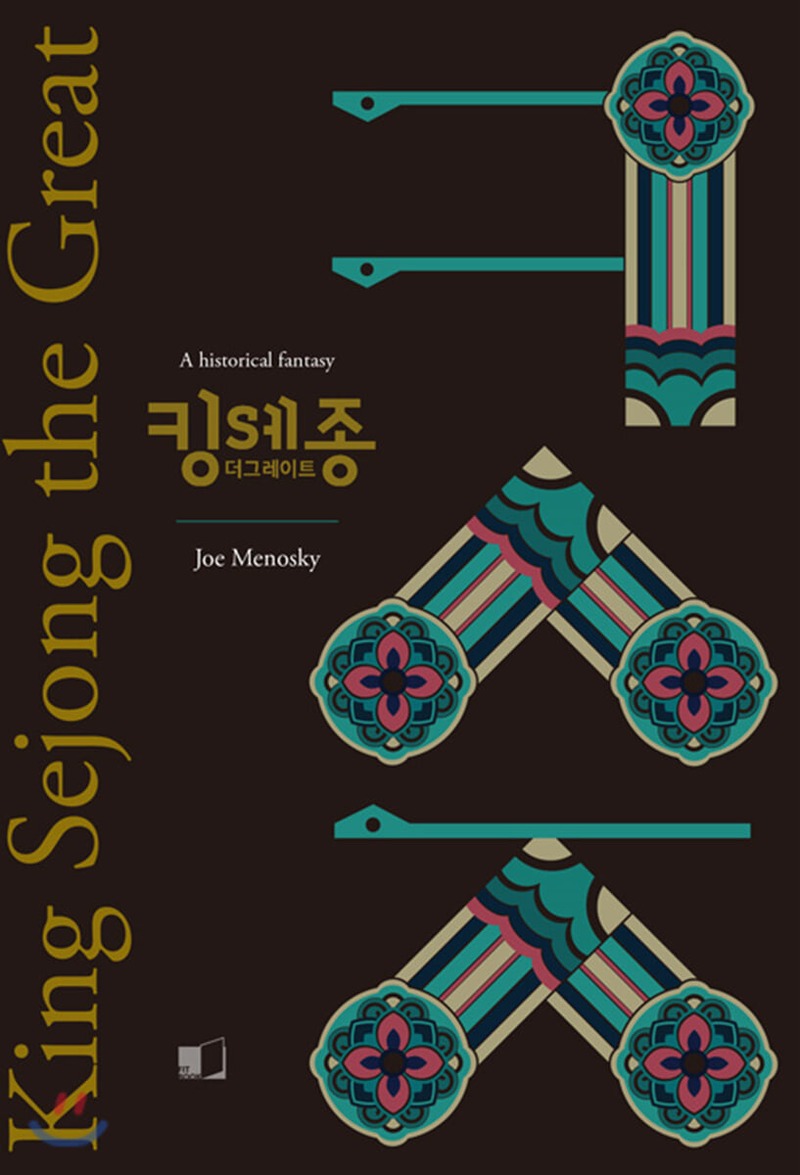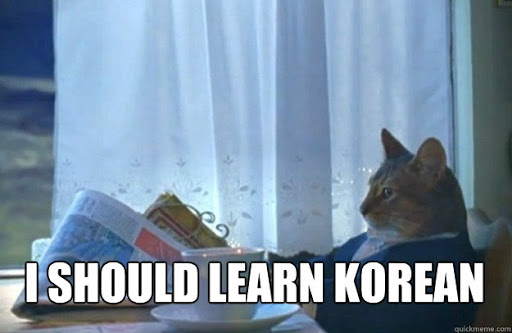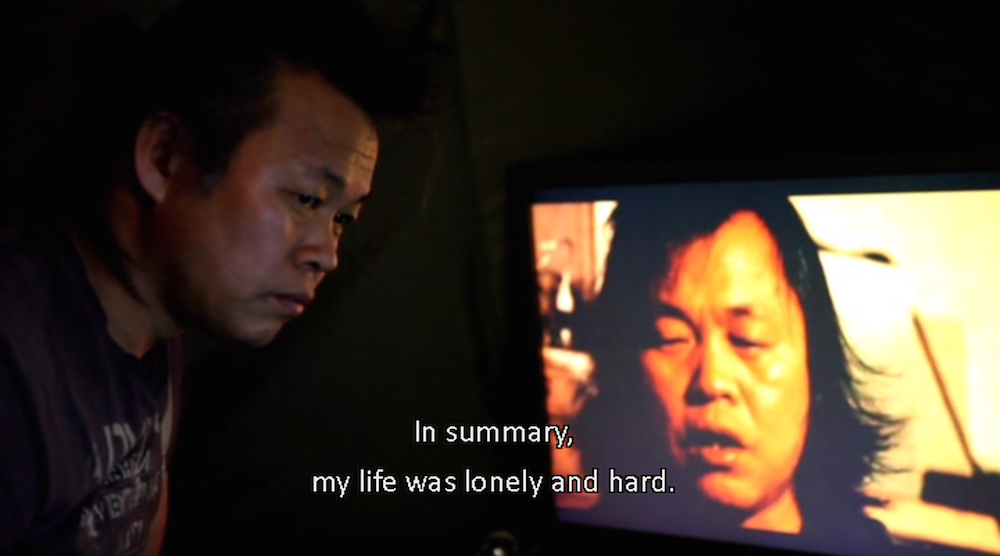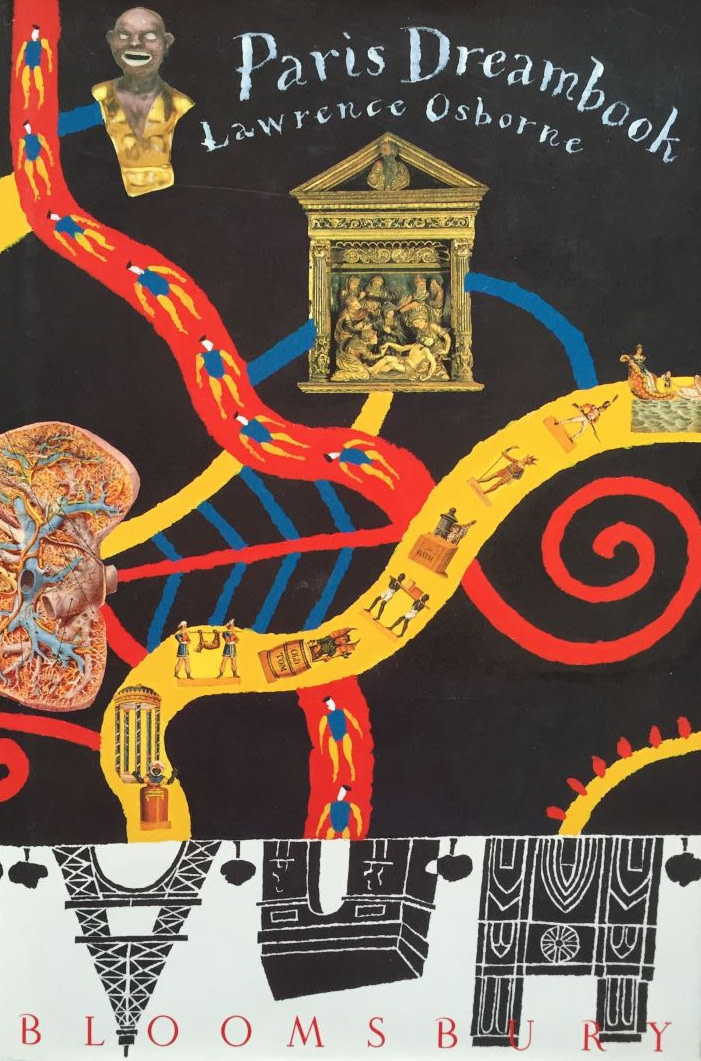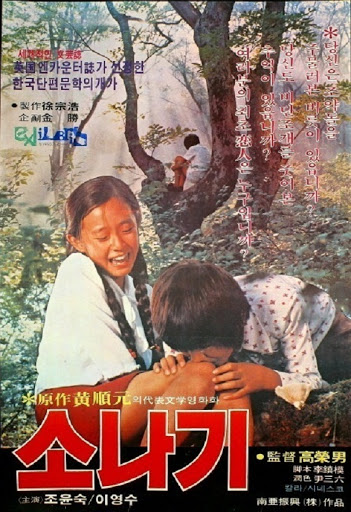
Given the increasingly frequent attempts of late to overhaul the American Young Adult canon, I’m not sure how many kids read Bridge to Terabithia these days. But when I was a grade-schooler in the early 1990s, Katherine Paterson’s 1977 novel of a country boy and city girl who imagine their own fantasy kingdom apart from the adult world was still quite popular. Everyone seemed to have read it, for the very reason that everyone else seemed to have read it; not wanting to references to go over our head was one factor, though so was its appearance on school-issued summer reading lists, if not actual class syllabi. But the book does still figure, so I’ve read, into English curricula in lands from Ireland and Australia to Singapore and the Philippines — though it’s less well-known here in South Korea, at least compared to a Western novel like Demian.
One possible explanation is that this country already had its own Bridge to Terabithia, and one readable in a much shorter span of time: “The Shower” (소나기) by Hwang Sun-won. “No Korean short story is as beloved as this one, published while the Korean war was still in progress,” writes translator Brother Anthony of Taizé in a foreword to his own English rendition. “In part, the popularity comes from its great simplicity of language and content. It is a tale that school children can easily understand, and be touched by.” Its themes “include nostalgia for a lost innocence, the fragility of human life, the contrast between ancient rural ways and the difficulties of modern city life, and the simplicity of true joy.” Hwang expresses all of these through the brief encounter between a boy native to the countryside and a girl newly arrived from Seoul.
It would hardly be an exaggeration to say that everyone in Korea has read “The Shower.” Familiarity with the story runs deeper here than that with any piece of literature in the United States, Bridge to Terabithia included. But seeing as these works have been acclaimed long enough for the statute of limitations on “spoilers” to have expired, it will do no harm to either to say that, late in both stories, the girl dies. In Peterson’s novel, if memory serves, she drowns attempting to cross a stream on the way to her and the boy’s woodland hiding place; in Hwang’s story, she contracts an unspecified illness after getting caught in the titular rainstorm. The boy, in both cases, is left with a sense of responsibility for the girl’s death, a burden partially alleviated by the exhilaration of having drawn a step closer to the expanse of maturity.
Read the whole thing at the Los Angeles Review of Books.
